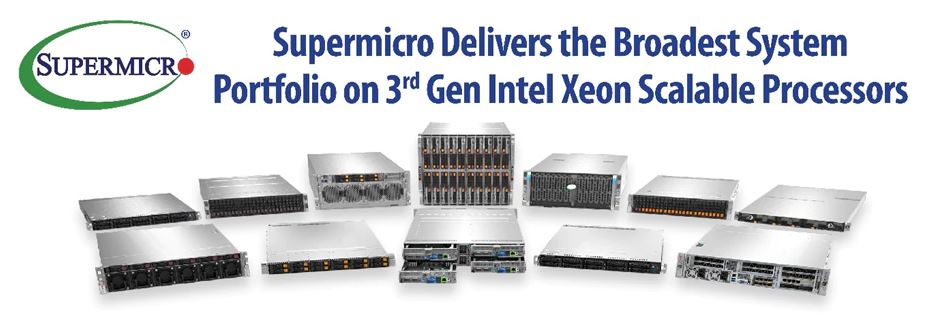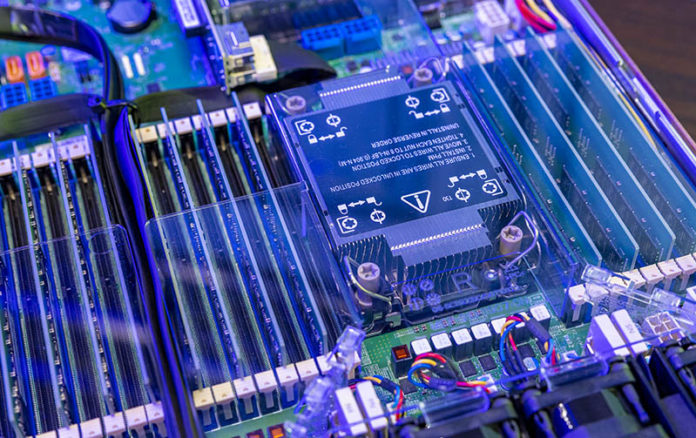This week, the industry marked the launch of the 3rd Generation Intel Xeon Scalable, Ice Lake CPUs. These new CPUs bring massive new platform features including more cores, more memory capacity, and both more and faster PCIe Gen4 lanes. In other vendor announcements supporting the Intel launch from companies such as Dell EMC, HPE, Inspur, or Lenovo, we tend to get somewhere between 4-20 models launched for the new Intel Xeon series. The Supermicro X12 series is going in the other direction and surpassing 100 models launched.
Supermicro X12 Series for Intel Xeon Ice Lake
Normally when a vendor has 4-10 new platforms, we tend to go into those platforms in detail. With the Supermicro X12 generation, there are simply too many models to cover.
- SuperBlade
- Hyper
- Twin including the:
- BigTwin
- TwinPro
- FatTwin
- Ultra
- Cloud DC
- GPU
- Telco/ 5G
- Edge Servers including the:
- Ultra-E
- Hyper-E
Within each of those categories, there are multiple platforms being launched.

We wanted to quickly point out that while we covered about 11 lines above, one may notice that the Supermicro X12 family for 3rd Generation Intel Xeon Scalable platforms has twelve machines in its cover image. The reason for that is simple. In June of 2020, we got hands-on time with the Supermicro SYS-240P-TNRT 4P 3rd Gen Xeon Scalable Server. This is an X12 generation server that is designed for Cooper Lake. We have a short video on that experience here as well.
One item that will differentiate Supermicro in this generation is that it is supporting the entire 3rd Generation Intel Xeon Scalable line. Dell, for example, does not support the Cooper Lake series of 3rd Gen Xeon Scalable processors which means that Dell’s customers that use 4-socket servers are stuck using older-generation and slower 2nd Generation Xeon Scalable systems. Not only is Supermicro’s Ice Lake generation large in scope, but it also is covering the full range while other vendors are only covering part of Intel’s newest server line.
Final Words
Overall, Supermicro’s business model entails a high degree of flexibility and tailoring systems to specific use cases. While other vendors tend to develop a handful of platforms, then make customizations atop of those platforms, Supermicro X12 aims to have platforms tailored specifically for a wide range of applications which is why there are so many models.
You can learn more about the new platform from Intel in our Intel Xeon Ice Lake Edition Marks the Start and End of an Era article and the accompanying video here:
Expect our reviews of Supermicro systems to start after we get through GTC 2021 next week.





If only they put as much effort in their Epyc lineup, it’s getting better but nowhere close to their intel offerings
@Jesper. Yeah, I thought the same. Supermicro is like controlled Intel opposition. :-(